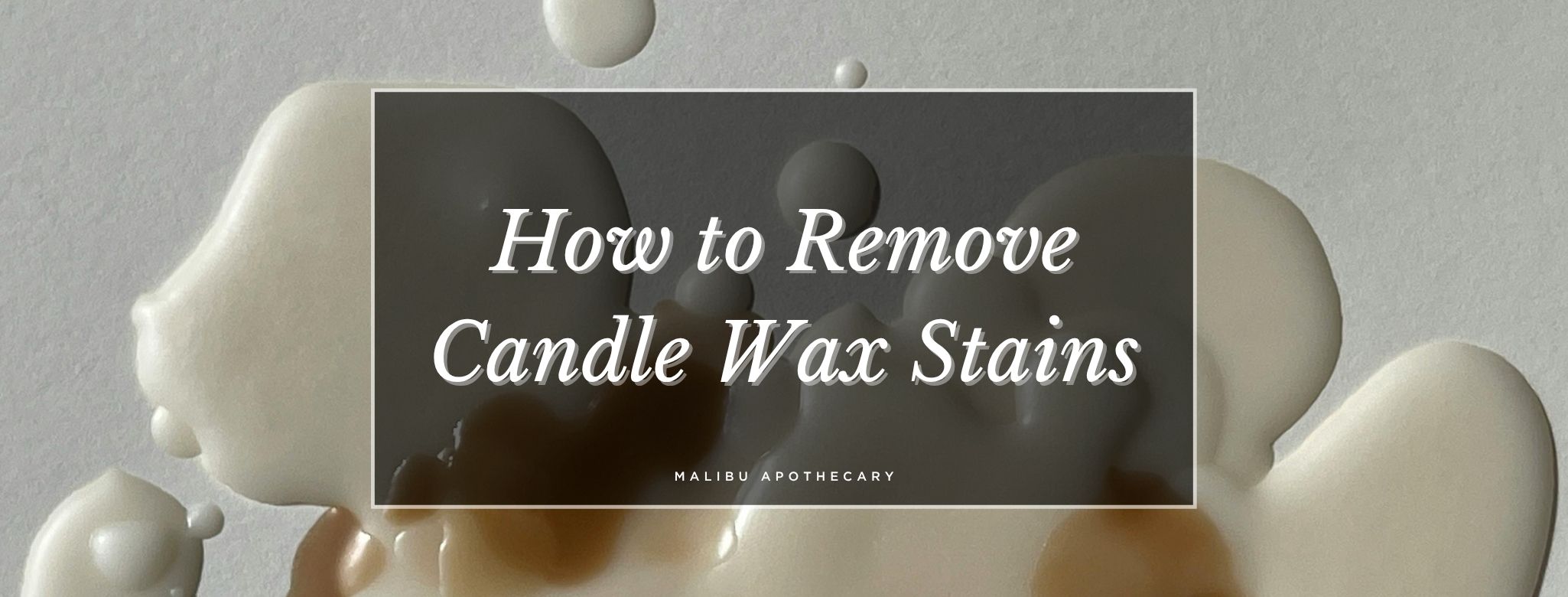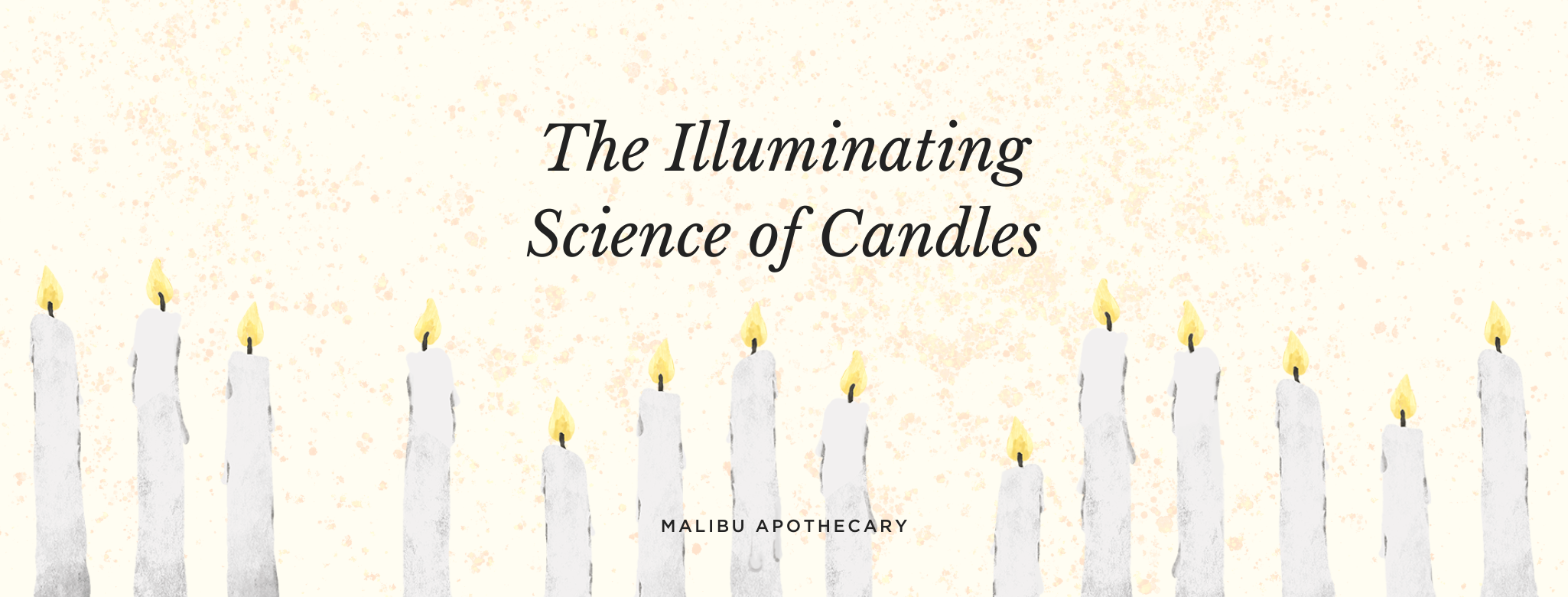A Brief History of Candles
Candles have lit our way through history. Ancient civilizations, such as those in China and Japan, used rice paper, wax, and fat from insects and seeds to create light. In the Roman Empire, tallow—rendered from animal fat—was the primary material for candles. The innovation didn’t stop there; beeswax and even whale spermaceti were later utilized, each offering different burning properties.
By the 19th century, the advent of industrial machinery revolutionized candle production. Paraffin and stearic acid became popular, making candles more affordable and accessible. Despite the arrival of electric lighting in the 20th century, candles retained their charm and found renewed interest in the 1990s.
The Science Behind the Glow
The beauty of a candle lies in its simplicity—a wick, fuel, and flame combine to create light. When you light a candle, the heat of the flame melts the wax near the wick. This liquid wax is then drawn up the wick via capillary action. The heat of the flame vaporizes the liquid wax, and it reacts with oxygen in the air to produce light, heat, carbon dioxide, and water vapor.
In microgravity, such as aboard the International Space Station, candle flames behave quite differently. Without the buoyant convection caused by gravity, the flame becomes spherical and soot-free, glowing a mesmerizing blue.
Materials Matter
Today’s candles come in an array of materials:
-
Beeswax: Known for its natural, sweet scent and clean burn.
-
Soy Wax: A popular alternative made from soybean oil, offering a slower burn and easy cleanup.
-
Coconut Wax: A newer natural material made from coconuts, offering a clean, slow burn with a soft smooth texture.
-
Paraffin Wax: A byproduct of petroleum, widely used due to its affordability and versatility.
-
Tallow: Though less common today, it has historical significance as one of the earliest candle materials.
Wicks are equally diverse, made from cotton, wood, or even paper, each influencing the burning characteristics of the candle.
Health and Safety Concerns
While candles add ambiance and warmth, they can also contribute to indoor air pollution. Burning candles release substances such as soot, polycyclic aromatic hydrocarbons (PAHs), and nitrogen oxides (NOx). Historically, some wicks contained lead, leading to health concerns. Thankfully, lead wicks were banned in the US in 2003 and Europe in 2005.
For a safer burn, consider the type of wax and wick used in your candles. Studies suggest that the duration of burning significantly impacts the levels of pollutants released.
The Modern Candle Industry
The candle industry is thriving, with 2,274 candle manufacturing businesses in the U.S. as of 2022. States like California, Michigan, and Florida lead in the number of candle makers, reflecting the enduring popularity of these luminous creations. Malibu Apothecary is one of those candle manufacturers, specializing in clean, all natural wax mediums for their candles and the creation of signature scents for brands.
DIY Candle Making: A Craft of Creativity
Making candles at home can be a delightful and rewarding experience. When crafting your own candles, think about:
-
Shape and Size: From slender tapers to chunky pillars, the shape influences burn time and ambiance.
-
Color and Fragrance: Dyes and essential oils can transform your candles into sensory delights.
-
Wick Size: The diameter of your wick should match the candle size to ensure an even burn.
Observe the flame’s behavior—its size, shape, and color can tell you a lot about the burning process. Experiment with different materials and techniques to create candles that reflect your personal style and needs.
Custom Candle Manufacturing by Malibu Apothecary
Want custom candles you don't have to make yourself? At Malibu Apothecary, we take candle making to a new level with our custom candle manufacturing services. Whether you're a luxury hotel looking to create a signature scent, an interior designer aiming to add a personal touch to your projects, or an event planner seeking unique ambiance for a special occasion, we have you covered. Our custom candles are designed with your specific needs in mind, from fragrance selection to personalized labels. We also offer private label services, allowing you to brand our high-quality candles as your own. With our expertise and dedication to quality, Malibu Apothecary transforms your vision into a fragrant reality.
Embrace the Glow
Candles are more than just a source of light—they are a testament to human ingenuity and a symbol of tranquility. Whether you're enjoying a quiet evening at home, creating a romantic setting, or diving into the craft of candle making, understanding the science and history behind these flickering flames adds depth to their charm.
So, the next time you light a candle, take a moment to appreciate the intricate dance of wax and wick, a simple yet profound invention that continues to illuminate our lives in countless ways.
Interested
Further Reading and Resources
For those interested in diving deeper into the science and history of candles, here are some recommended resources:
- "The Chemical History of a Candle" by Michael Faraday
- NASA’s studies on candle flames in microgravity
- Health assessments on indoor air pollution from the Environmental Protection Agency (EPA)
- Industry standards from the European Candle Manufacturers Association (ECMA) and the US Candle Association.
Happy candle making and enjoy the glow!



Leave a comment
All comments are moderated before being published.
This site is protected by hCaptcha and the hCaptcha Privacy Policy and Terms of Service apply.